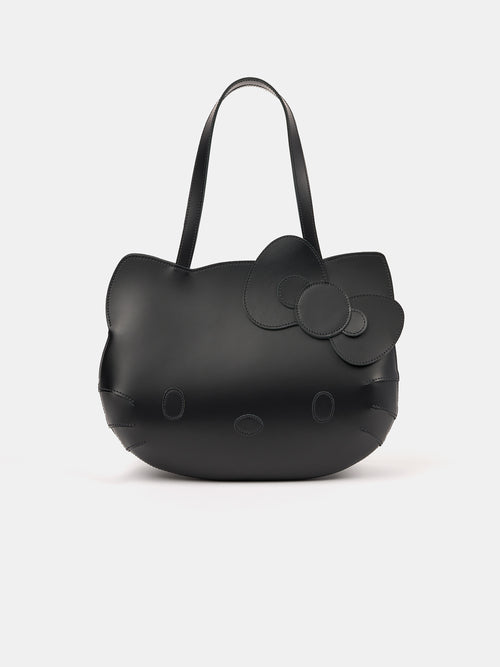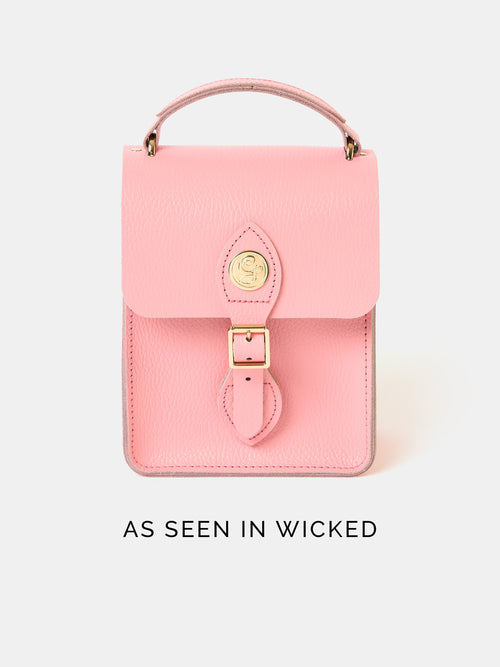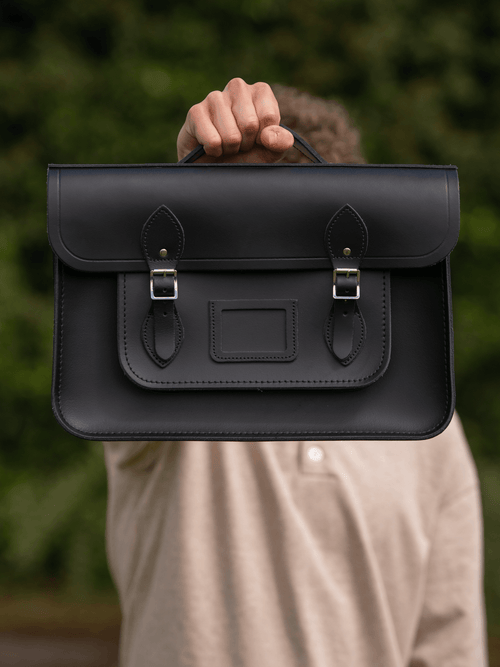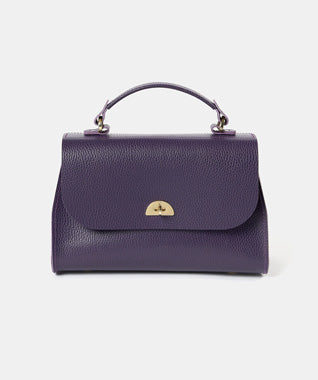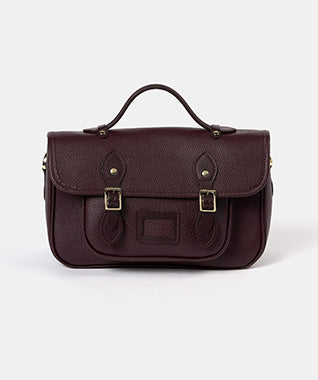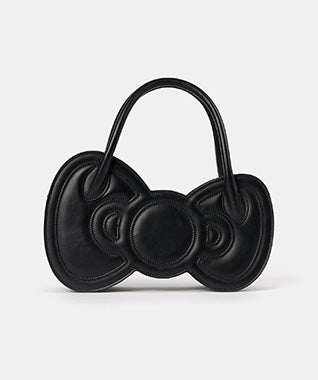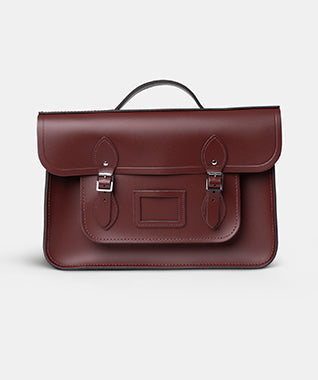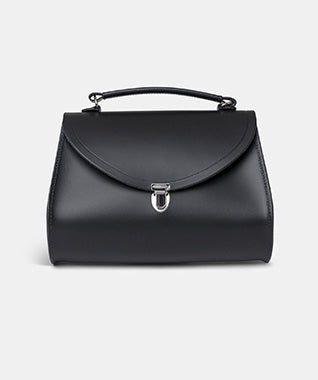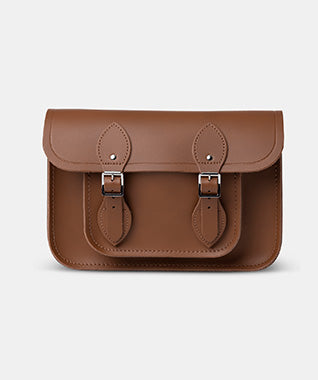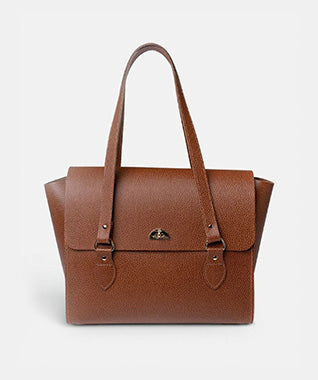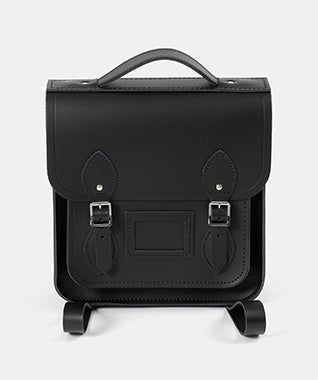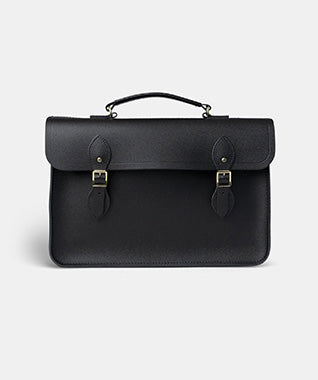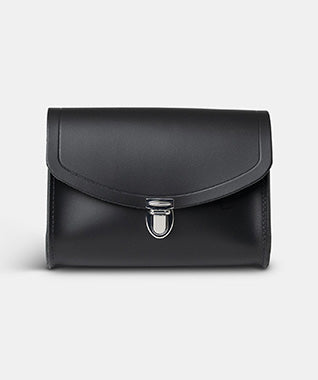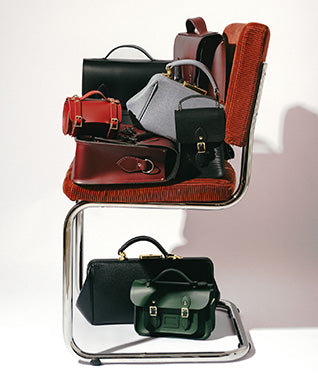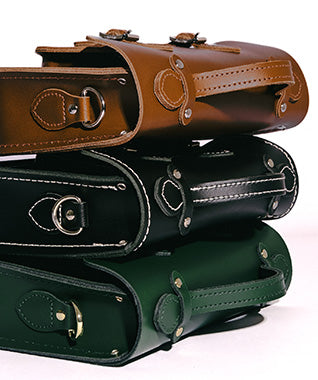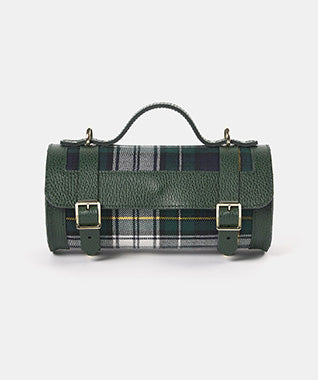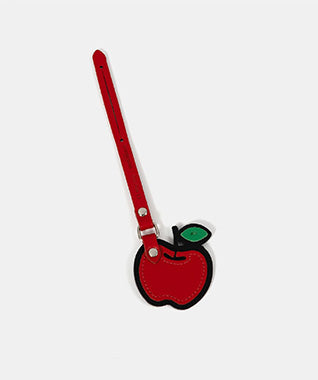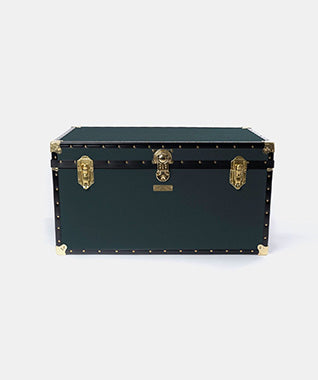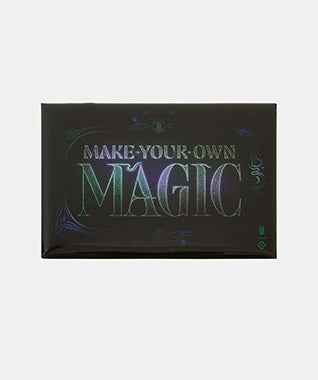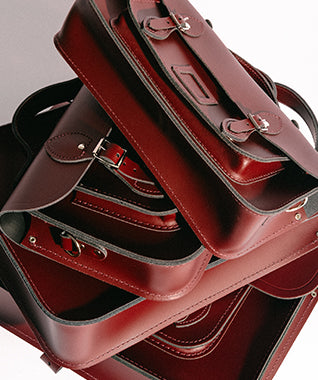The Journal
CSC x Vintage: The Handmaid's Tale by Margaret Atwood
Perhaps the most well-known dystopia of our times, Margaret Atwood’s The Handmaid’s Tale (1985) is as much a trip into an obscured past as it is a depiction of a possible future. Let’s delve into t...

Perhaps the most well-known dystopia of our times, Margaret Atwood’s The Handmaid’s Tale (1985) is as much a trip into an obscured past as it is a depiction of a possible future. Let’s delve into this world in which a repressive state rules and where female infertility can be fatal.

When many of us think of state-fuelled discrimination towards women, we think of times past rather than looking into the future. We think back to the times before the feminism movement of 1970, when women were expected to cook and clean, to carry and raise children. But what if history repeated itself, in the most repressive and terrifying way?
In the Republic of Gilead, once known as the USA, women have a unique function: to breed. Under this totalitarian, neo-Puritan regime, handmaids (women who have the potential to breed) are assigned to households where couples of a higher rank have not been able to reproduce. Of course, the Wives in these higher ranking couples are assumed to be infertile, so the Handmaid is asked to reproduce with their Husbands, or ‘Commanders’. If they fail to do so, it will result in the punishment of the Handmaid. We follow the story of Offred, a woman whose name links directly to her purpose. She is ‘Of Fred’; her identity is built upon her role as a possession. Her real name, from ‘the time before’, is never revealed.
While this sounds inconceivable at first glance, I was struck by how believable the plot was when I first read The Handmaid’s Tale. The way in which families are torn apart, the hierarchical system imposed on a society once named ‘the land of the free’ and the hold that extremist religion has upon it… all of this seemed a little familiar, and no wonder.

Margaret Atwood. Photography by Luis Mora.
In this edition, the author includes a new introduction which answers the most common questions she has received from readers. The question that ranks first on this list is ‘How did you come up with this?’. Well, Atwood insists, she didn’t.
Every piece of this book has taken its roots in past historical events. Indeed, the author’s archives for her novel are kept in The University of Toronto, and looking at the headlines from newspaper clippings dating back even from the books’ year of publication (1985), it is shocking to see the extent to which fertility and birth control were on people’s minds across the globe.
Another question that Atwood is often asked is, ‘Is it a prediction?’. While I will let you read her book to make a judgment for yourselves, I think that the events of the past few years have shown us that anything can happen anywhere. History repeats itself if we are not careful, and we must remember not to take what we have for granted.
The Handmaid’s Tale is a powerful reminder that the world can change in an instant - or rather, regress - and I would urge you to read this timeless masterpiece.
---
Read more about the process behind writing The Handmaid’s Tale here.
Have you read The Handmaid’s Tale? Are you a Margaret Atwood fan? What should we review next? We are always eager to hear your thoughts - tag #CSCVintage to join the conversation, and find out more about our collaboration with Vintage here.
You can find out more about The Handmaid’s Tale here.